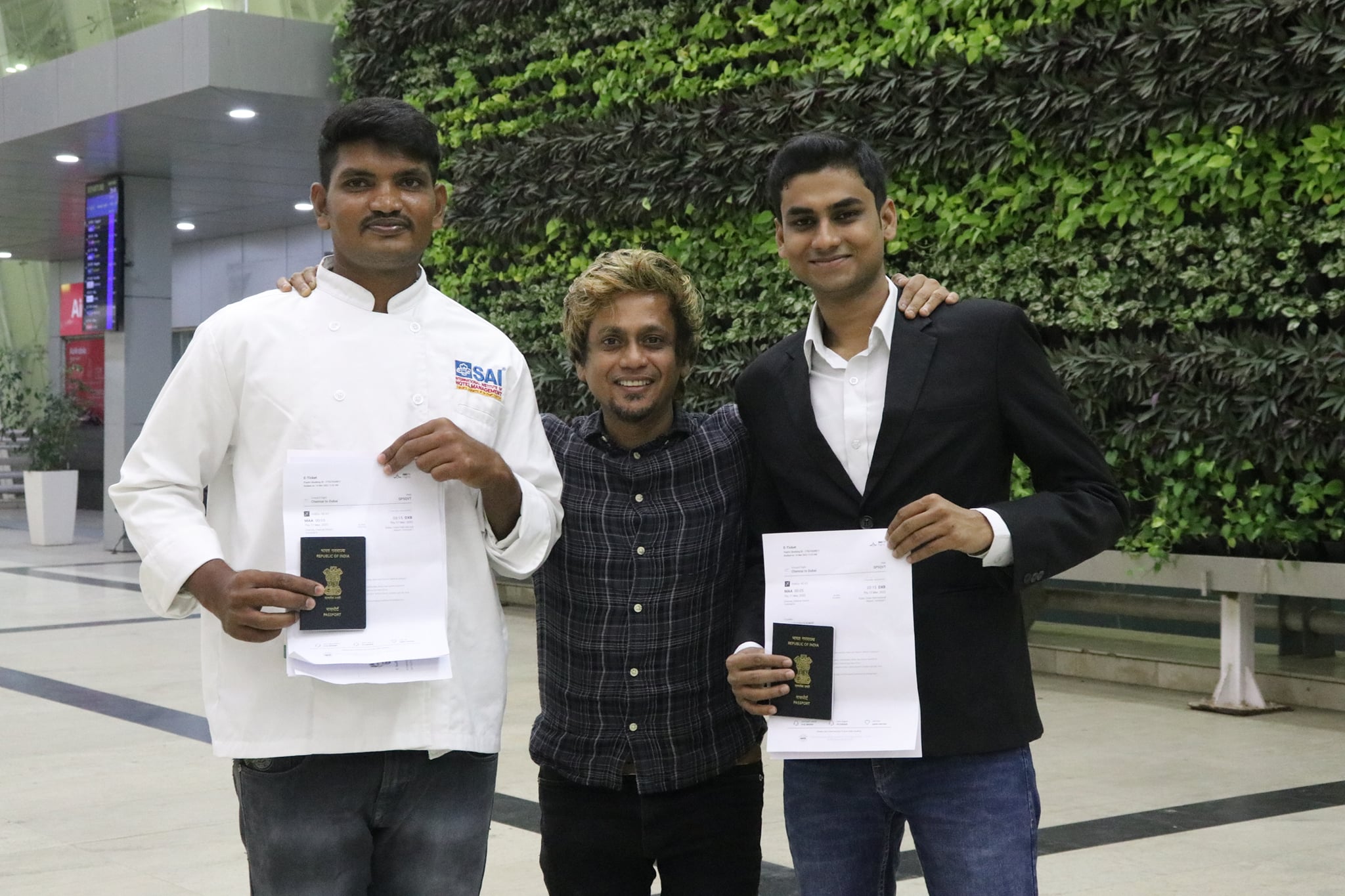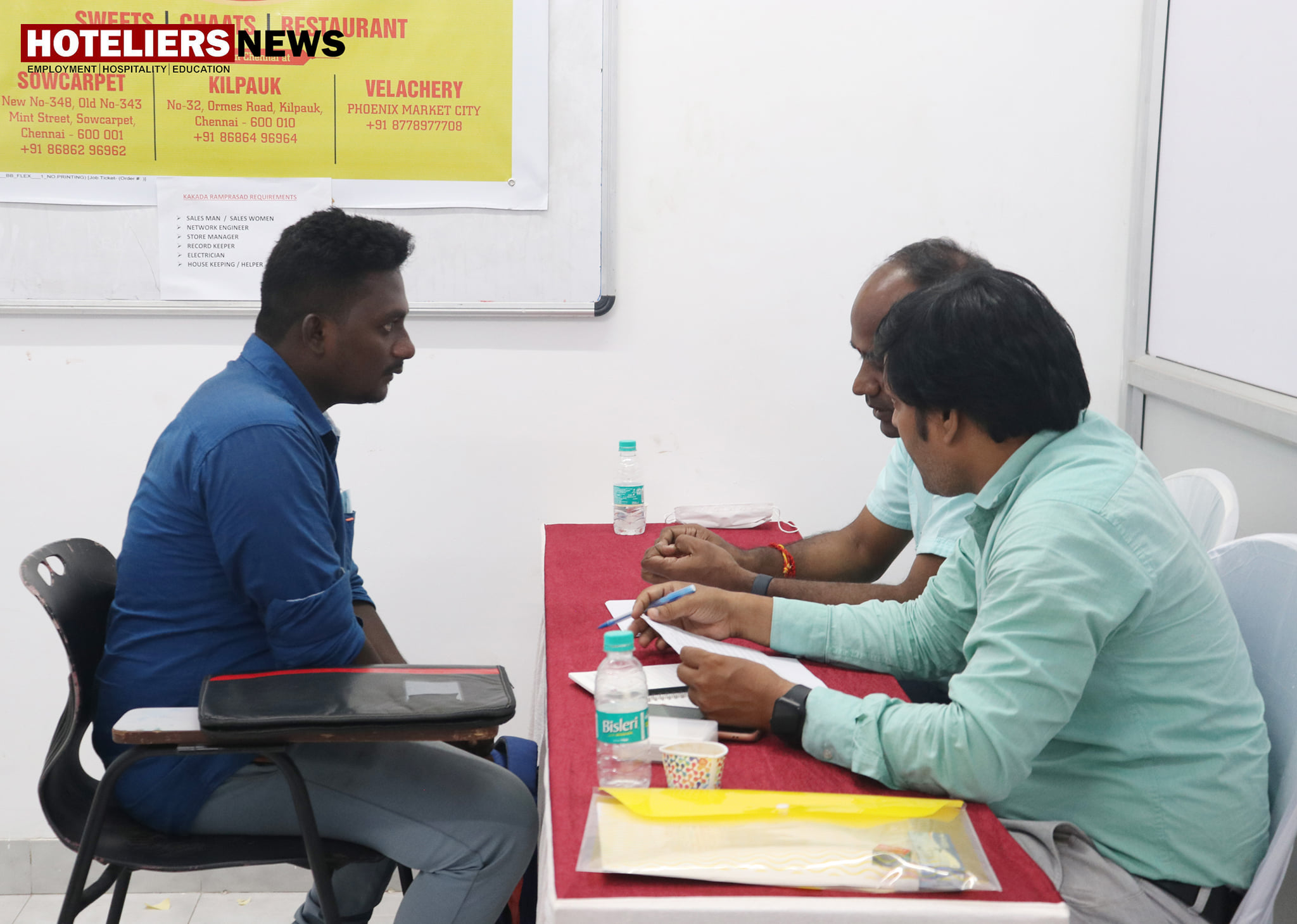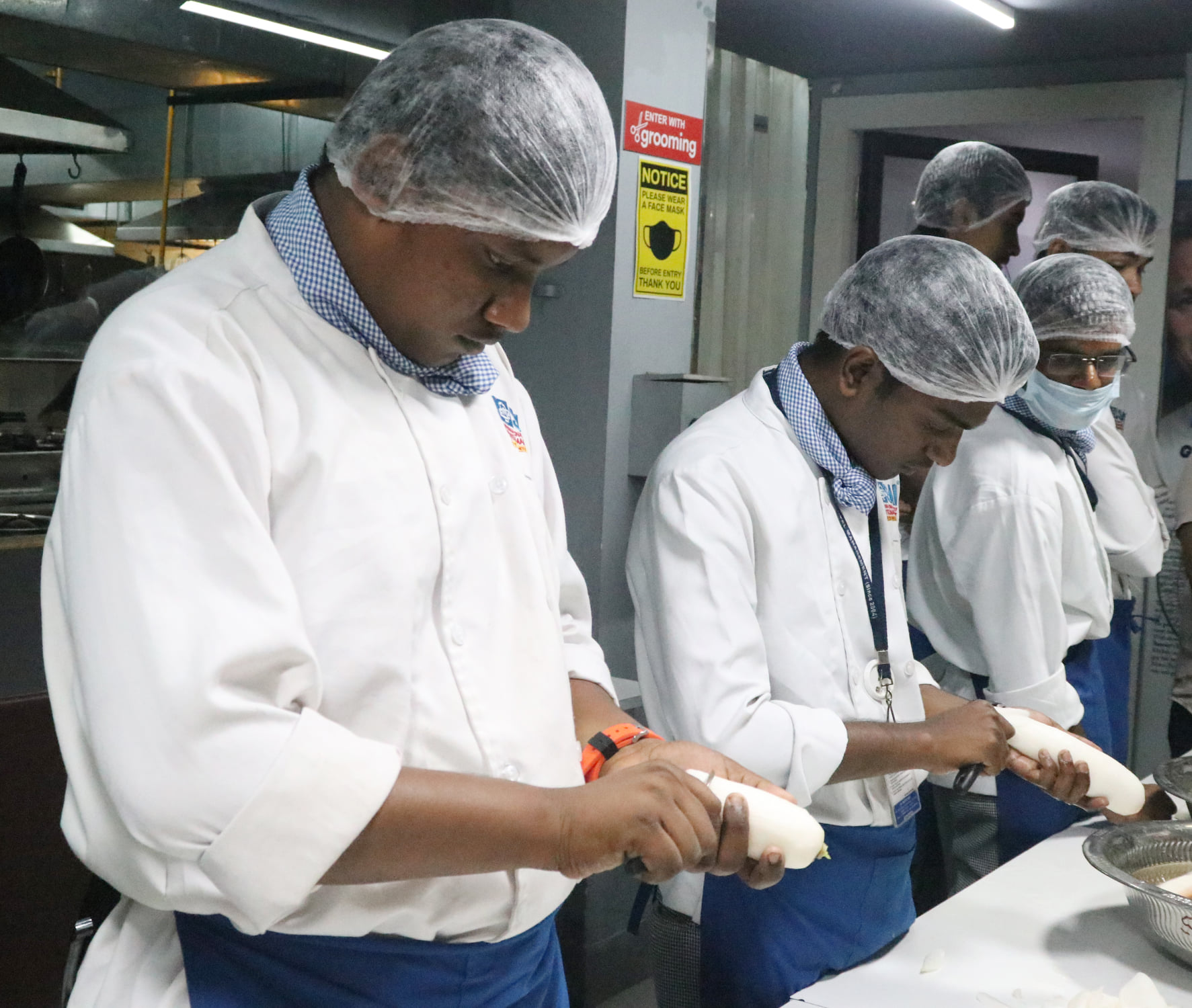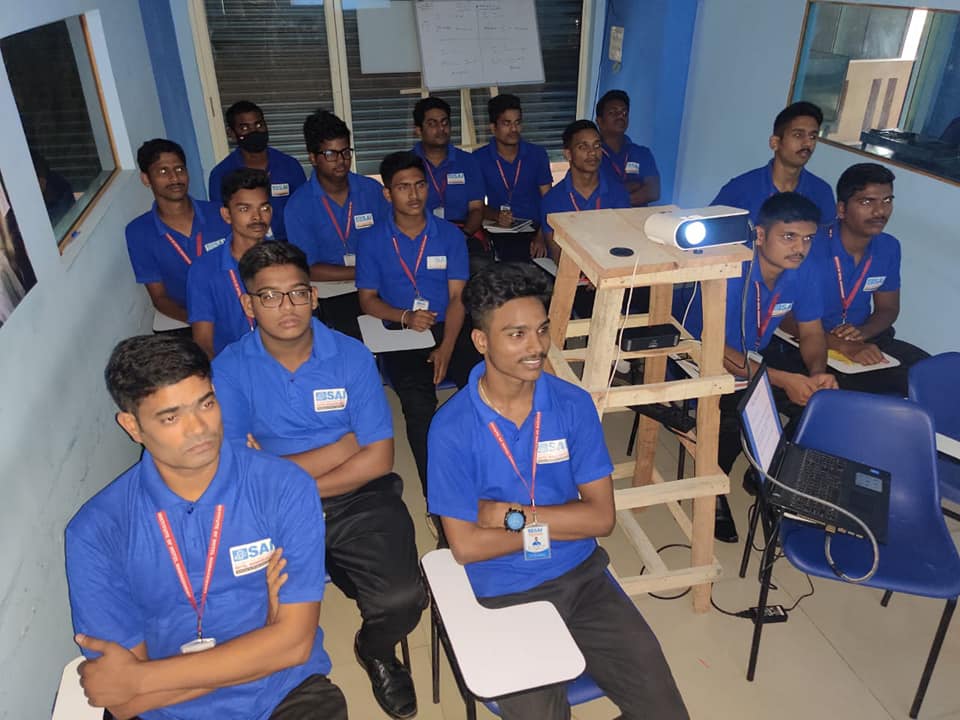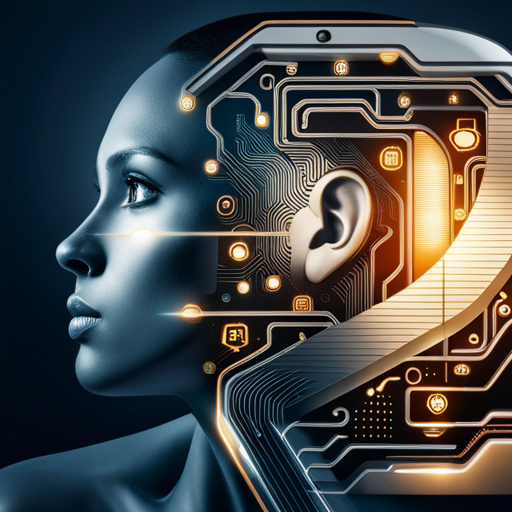
The Ethics of AI in Photojournalism: Balancing Efficiency with Authenticity
The Ethics of AI in Photojournalism: Balancing Efficiency with Authenticity
In today’s fast-paced world, the use of Artificial Intelligence (AI) in photojournalism has become increasingly popular as a means to produce news content at lightning speed. However, with this new technological advancement comes a pressing concern – are we sacrificing authenticity and ethical journalism for the sake of efficiency? In this blog post, we delve into the ethics of AI in photojournalism and explore how balancing efficiency with authenticity can lead to responsible reporting that respects both human dignity and journalistic standards. So buckle up and join us on this thought-provoking journey!
What is AI in Photojournalism?
AI in photojournalism can be used in a variety of ways, from automated image captioning to automatic image cropping. However, the use of AI in photojournalism has ethical implications, as it can lead to the loss of authenticity in images.
When used for automated image captioning, AI can help photojournalists to quickly and accurately caption their images. However, there is a risk that the AI-generated captions may not be completely accurate, which could lead to misinformed readers.
When used for automatic image cropping, AI can help photojournalists to save time by automatically cropping their images. However, there is a risk that AI-generated crops may not be completely accurate, which could lead to the loss of important details in images.
The use of AI in photojournalism has both benefits and risks. Photojournalists should carefully consider the ethical implications of using AI before using it in their work.
How AI is Influencing the Field of Photojournalism
In recent years, artificial intelligence (AI) has been increasingly used in the field of photojournalism. With the help of AI, photographers can now sort and edit large numbers of images quickly and easily. This has led to a debate about the ethics of using AI in photojournalism, with some people arguing that it leads to less authentic photographs.
On the one hand, AI can be used to create more efficient workflow for photographers. For example, AI can be used to automatically tag and caption photos. This can save a lot of time for photographers, who would otherwise have to do this manually. In addition, AI can be used to select the best photos from a shoot, which can be helpful when there is a large number of images to choose from.
On the other hand, some people argue that AI takes away the human element from photojournalism. They argue that by using automation, photographs may lose their authenticity and become more “staged” or “posed”. In addition, they argue that AI may lead to less diverse representation in photojournalism, as automated systems may favor certain types of images over others.
Ultimately, it is up to each individual photographer to decide whether or not to use AI in their work. There are pros and cons to using AI in photojournalism, and it is important to weigh these carefully before making a decision.
The Pros and Cons of Using AI in Photojournalism
There are pros and cons to using AI in photojournalism. On the pro side, AI can help to speed up the process of sorting through photos and identifying those that are newsworthy. This can save time and resources for news organizations. Additionally, AI can be used to automatically generate captions for photos, which can also save time and resources.
On the con side, some worry that using AI in photojournalism will lead to a loss of authenticity in photos. They argue that AI-generated captions might not accurately reflect what is happening in a photo, or that AI-sorted photos might not include important context clues that would be picked up by a human eye. Additionally, some believe that using AI in photojournalism could lead to mass surveillance, as algorithms could be used to track people and their movements.
Guidelines for Ethical Use of AI in Photojournalism
When it comes to the ethical use of AI in photojournalism, there are a few key guidelines to keep in mind. First and foremost, any AI-assisted editing should be transparent to the viewer. That means clearly labeling any images that have been edited with AI, and being upfront about what changes were made. Additionally, any changes made should be within the bounds of traditional photo editing – no adding or removing people or objects from photos, for example.
Another key guideline is to ensure that AI-assisted editing does not compromise the authenticity of the image. In other words, don’t use AI to artificially create “perfect” images; instead, let the imperfections of real life shine through. This will help viewers connect with the images on a more emotional level, and trust that they are seeing an accurate representation of events.
It’s important to consider the impact of AI on photojournalists themselves. As AI becomes more sophisticated and capable of automating certain tasks, there is a risk that human photojournalists could be replaced by machines. While this may result in more efficient production of images, it could also lead to a loss of jobs and creativity in the field. For now, it’s important to strike a balance between using AI to improve efficiency and maintaining the human element in photojournalism.
Strategies for Maintaining Authenticity
There is no easy answer when it comes to how to maintain authenticity with AI in photojournalism. However, there are a few key strategies that can help to ensure that your photos remain true to your vision and voice.
First, it’s important to be clear about your intention as a photojournalist. What do you hope to achieve with your work? What values do you want to uphold? Once you have a clear understanding of your goals, it will be easier to make decisions about which AI tools to use (if any) and how to use them.
Second, don’t be afraid to experiment. There are many different AI-powered photo editing tools available, and it can be helpful to try out a few before settling on one (or none). Experimenting will also give you a better sense of the capabilities and limitations of AI technology.
Remember that authenticity is not an all-or-nothing proposition. Even if you do use AI editing tools, there are ways to ensure that your photos retain their integrity. For example, you could choose to only use AI for minor edits or adjustments, or make sure that you review and approve all changes made by the software before they’re finalized.
Alternatives to AI in Photojournalism
When it comes to photojournalism, there are a few different ways that artificial intelligence can be used in order to improve the efficiency and accuracy of the process. However, there are also a few ethical concerns that need to be considered when using AI in this field. In order to balance efficiency with authenticity, it is important to consider all of the different alternatives to AI in photojournalism.
One of the most common ways that AI is used in photojournalism is through automatic image captioning. This is where a computer system is trained to recognize objects and people in photos, and then generate a caption based on what it sees. This can be a great way to save time, as it means that photographers don’t have to manually caption their photos. However, there are some concerns about accuracy, as the computer may not always identify everything correctly.
Another way that AI can be used in photojournalism is through face recognition software. This can be used to quickly identify people in photos, which can be useful for news stories where timing is crucial. However, there are again concerns about accuracy and privacy when using this type of software.
A third way that AI can be used in photojournalism is through object detection. This involves training a computer system to identify specific objects in photos, such as weapons or vehicles. This can be useful for security purposes or for finding things that have been lost or stolen. However, there are also concerns about how accurate these systems
Conclusion
The use of AI in photojournalism presents an ethical dilemma for journalists and editors alike. We need to ensure that the photos we publish are authentic and free from manipulation, while also taking advantage of new technologies to capture images more quickly and accurately. To achieve this balance, it is important that we remain aware of the potential pitfalls associated with using AI in photojournalism, as well as develop safeguards to prevent any misuse or abuse. With these measures in place, we can ensure the integrity of our profession while still making use of modern technology.
Add Comment
You must be logged in to post a comment.

